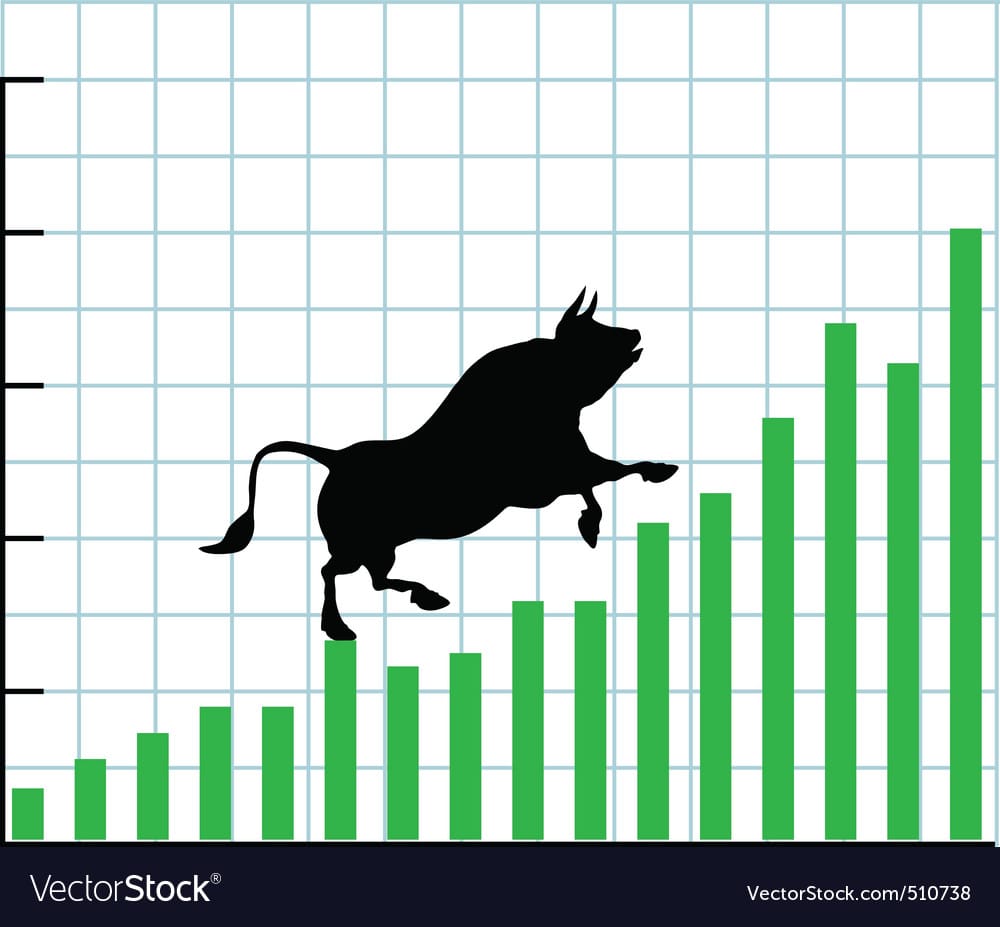The bond market has recently experienced a notable selloff, characterized by rising yields that have left many investors questioning the future of their fixed-income investments. As yields increase, the prices of existing bonds typically decline, leading to potential losses for bondholders. Understanding the dynamics behind this phenomenon is crucial for investors looking to navigate the current landscape effectively.
The primary driver of rising yields is often attributed to expectations of higher interest rates set by central banks. In response to inflationary pressures, central banks may opt to increase benchmark interest rates to stabilize prices. This action can lead to a ripple effect throughout the economy, influencing borrowing costs and investment decisions. As interest rates rise, newly issued bonds offer higher yields, making existing bonds with lower yields less attractive. Consequently, investors may sell off their existing bonds, leading to a decline in prices and an increase in yields.
Another factor contributing to the bond selloff is the overall economic outlook. As economies recover from downturns, investor sentiment may shift towards riskier assets, such as equities, in search of higher returns. This shift can result in a decrease in demand for bonds, further exacerbating the selloff. Additionally, geopolitical tensions and fiscal policies can also impact investor confidence, leading to fluctuations in bond prices and yields.
For investors, rising yields present both risks and opportunities. On one hand, the decline in bond prices can lead to capital losses for those holding existing bonds. This is particularly concerning for investors who rely on fixed-income investments for income generation or capital preservation. As yields rise, the market value of their bonds may decrease, potentially impacting their overall portfolio performance.
On the other hand, rising yields can create opportunities for investors looking to enter the bond market. As prices decline, new investors may find attractive entry points to purchase bonds at lower prices, benefiting from the higher yields offered by newly issued bonds. This can be particularly appealing for long-term investors who are willing to hold bonds until maturity, as they can lock in higher yields for the duration of the investment.
In light of the current market conditions, investors may consider several strategies to mitigate risks associated with rising yields. One approach is to diversify their fixed-income portfolios by including a mix of bond types, such as government bonds, corporate bonds, and municipal bonds. This diversification can help spread risk and reduce the impact of rising yields on any single investment.
Another strategy is to consider the duration of bonds in their portfolios. Duration measures a bond’s sensitivity to interest rate changes; bonds with longer durations are generally more sensitive to rising yields. Investors may choose to shorten the duration of their bond holdings by investing in shorter-term bonds, which tend to be less affected by interest rate fluctuations. This can help reduce potential losses in a rising yield environment.
Additionally, investors may explore alternative fixed-income investments, such as floating-rate bonds or inflation-linked bonds. Floating-rate bonds have interest payments that adjust with prevailing interest rates, providing some protection against rising yields. Inflation-linked bonds, on the other hand, offer returns that are adjusted for inflation, making them an attractive option in an inflationary environment.
It is also essential for investors to stay informed about macroeconomic indicators and central bank policies that may influence bond markets. Monitoring inflation rates, employment data, and economic growth can provide valuable insights into potential interest rate changes and their impact on yields. By staying informed, investors can make more informed decisions regarding their bond investments.
In conclusion, the recent bond selloff and rising yields present a complex landscape for investors. While the increase in yields can lead to potential losses for existing bondholders, it also creates opportunities for new investors to enter the market at attractive prices. By understanding the factors driving this trend and employing strategic approaches to manage risk, investors can navigate the challenges posed by rising yields and position themselves for potential rewards in the evolving bond market.



